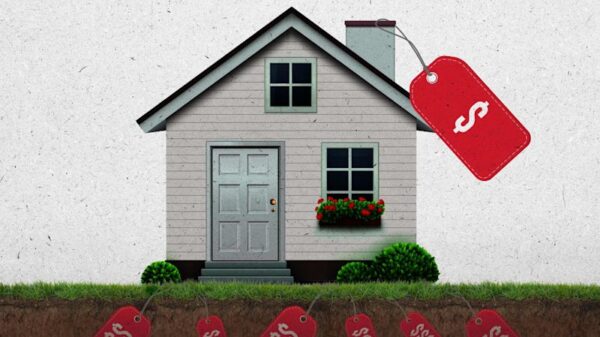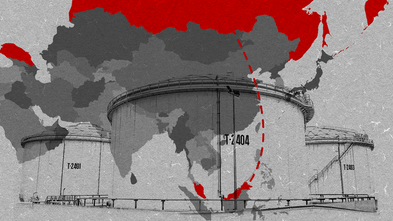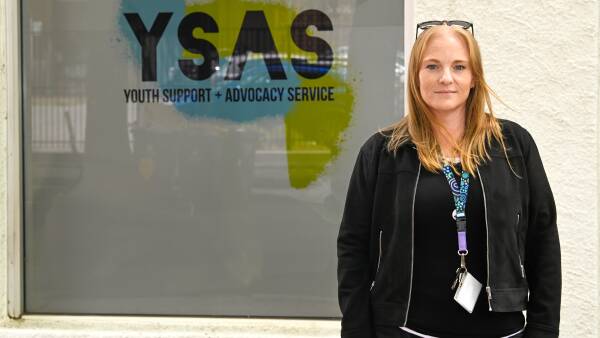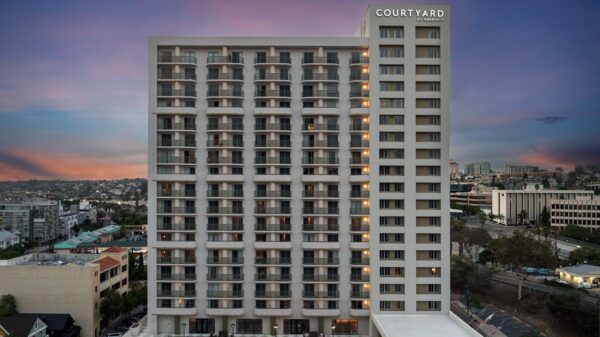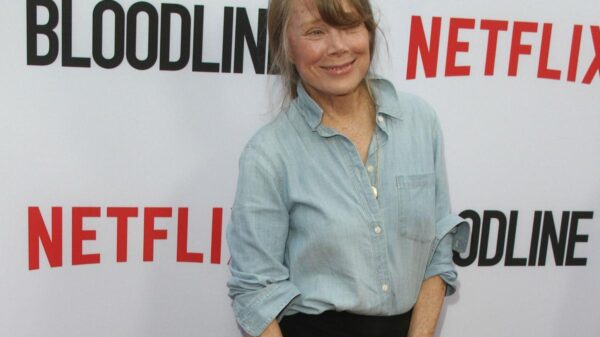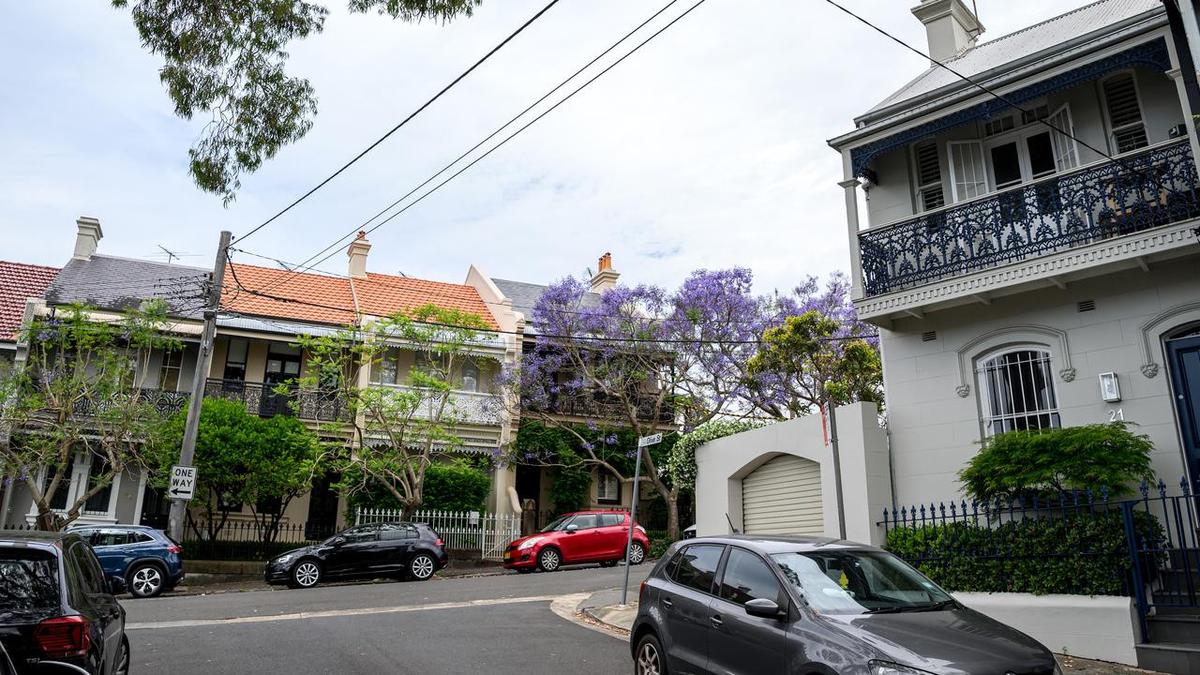BREAKING NEWS: House prices are surging as city-dwellers flee to regional areas, with new forecasts indicating that the median house price in Sydney could reach a staggering $2 million by 2026. This urgent shift is driven by falling interest rates and a severe lack of housing supply, pushing buyers out of the inner-city markets.
According to reports released by property sales portal Domain on Thursday, house prices across major Australian capital cities are projected to grow by 6% in 2026—an increase following a 9% rise in 2025. The chief economist at Domain, Nicola Powell, stated, “We’ve seen momentum building across our housing markets, particularly in our largest markets Sydney and Melbourne. We’re expecting that momentum to continue to build in the first half of 2026.”
The median home price in Melbourne is also projected to rise, hitting $1,170,168 in 2026, marking a 6% increase. Meanwhile, the median price in Sydney is forecasted to jump by 7%, reaching $1,924,439, setting the stage for a record-breaking $2 million in 2027.
As city prices climb, buyers in regional areas are experiencing the effects. Recent data from property analytics firm Cotality shows that regional dwelling values rose by 2.4% in the three months leading up to October 31, marking the highest growth rate in over three years. This trend stems from prospective buyers being forced out of urban markets.
“Blocks of land in the suburb we were living in in the inner west were selling for like $2.5 million, $3 million, and we’re like we’re never going to be able to afford that, so we’re out,”
said Rowena Sturn, a communications professional who relocated to Newcastle in 2024 with her partner. The couple struggled for nearly ten months to secure a property, facing fierce competition and challenges such as underquoting by real estate agents.
The ongoing surge in prices has raised concerns about housing accessibility. Despite government efforts to improve affordability through increased supply and zoning reforms, experts indicate that the chronic undersupply of homes in Australia will not see significant relief until late 2026.
For those unable to purchase homes, rental prices are expected to rise after a period of stagnancy in 2025. While falling overseas migration and increased investor activity may help keep rental growth subdued, experts anticipate a rental increase of approximately 3% nationwide.
As the housing market continues to shift, potential buyers and renters must stay informed about these rapid changes. The urgency of the situation underscores the need for immediate action from both government and industry stakeholders to address the growing challenges in housing affordability.




